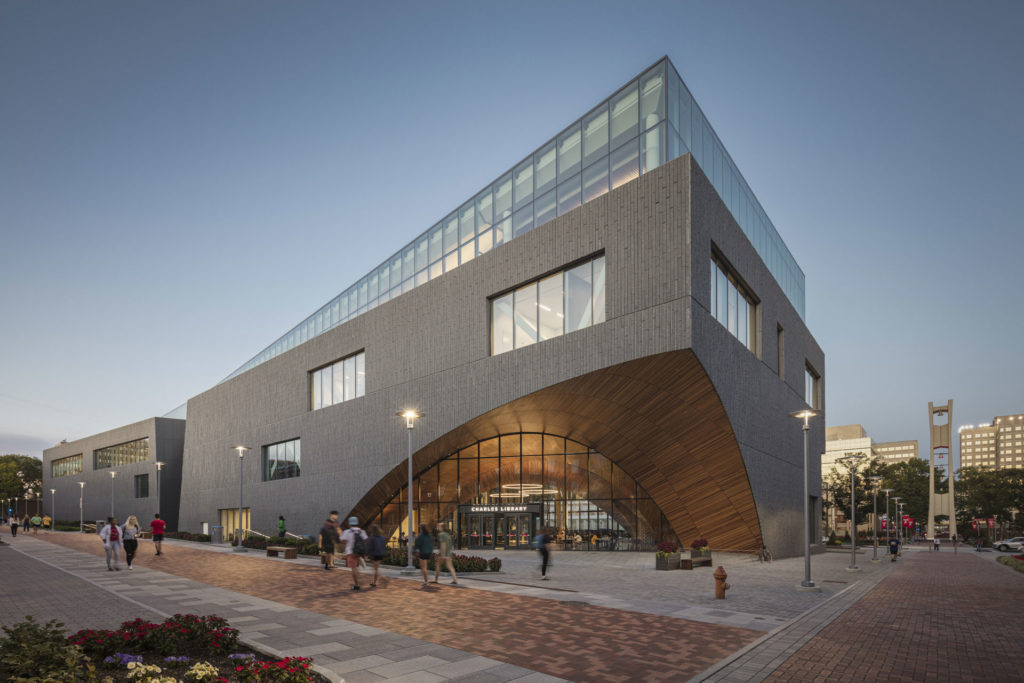
The new Charles Library at Temple University has opened its doors for the start of the Fall 2019 semester. Sited at the intersection of two major pedestrian pathways, Polett Walk and Liacouras Walk, and at the nexus of Temple’s Main Campus, the project anchors a new social and academic heart for the university’s diverse student body of over 39,000. Woven into the fabric of North Philadelphia, the building sits just one block off of Broad Street, the connecting artery to the city. Within its dynamic urban context, Snøhetta’s design, developed in collaboration with Stantec, reinterprets the traditional typology of the research library as a repository for books, integrating the building with a diversity of collaborative and social learning spaces. And in offering more than double the amount of study spaces than its 1960s predecessor, Paley Library, the 220,000-square-foot Library anticipates over 5 million annual visitors. By uniting a plethora of academic resources, disciplines, and cutting-edge technology under one roof, Charles Library stewards Temple’s progressive mission to provide equitable learning experiences for its students, its faculty, and the surrounding community.

The landscape and site strategy capture this public-facing role, with generous plazas that slope up to the library entrances, not only inviting people in but also providing space for outdoor classrooms and informal gatherings. The building’s solid base is clad in vertical sections of split-faced granite, referencing the materials of the surrounding campus context. Grand wooden arched entrances cut into the stone volume and announce a welcoming point of entry. Expanses of glass create maximum transparency at the three major entrances.
The soaring arches continue into the building, forming a dramatic 3-story domed atrium lobby. Within the central atrium is a 24/7 zone, as well as computing workspaces available to Philadelphia residents. The building’s arched entries and expansive plazas extend a welcoming invitation to all visitors, and while its unusual geometry expresses a distinct identity, its massing is carefully attuned to the scale and
materials of its neighbors.
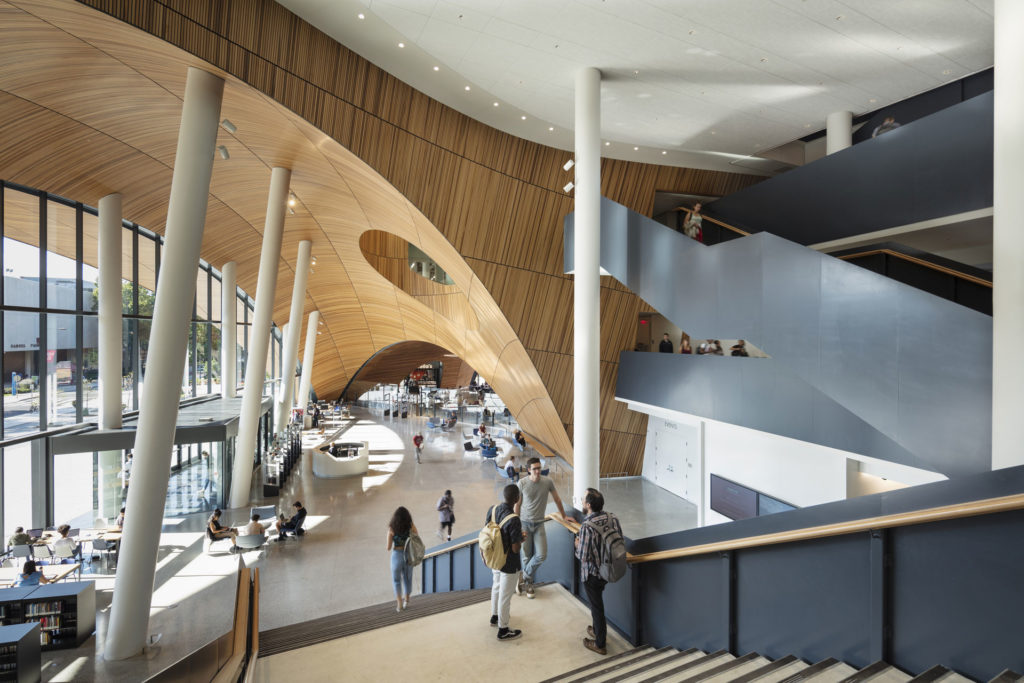
The lobby’s domed atrium offers views to every corner of the building, serving as a wayfinding anchor and placing the user at the center of the library’s activity. An oculus carved into the expansive cedar-clad dome allows light to pour into the lobby from the uppermost floor, connecting the terminus of the library back to its beginning. The steelclad main stair is immediately visible from the entry as it winds up to the highest level of the building, inviting people to climb upwards. As people move through the building, this visual and physical connectivity allows them to maintain their bearings and encourages usage of all of the building’s resources.
Charles Library embraces the needs of contemporary students and evolving models of learning. By enhancing the visual and physical connectivity to academic resources and fostering learning through social interaction, the design inspires students to engage more directly with the library’s activity. It also marks one of the largest investments in new facilities in Temple’s history and serves as a central point of intersection between students, faculty, staff and the surrounding community. As a world-class facility for Philadelphia’s only public university, the project marks a transformative moment not only for the Temple University but also for the city, and for academic libraries around the world.
Facts + Figures
Construction Cost: $135 Million
Sustainability: LEED Gold Targeted
Team Credits
Design Architect, Landscape Architect, Interior Architecture: Snøhetta
Executive Architect: Snøhetta & Stantec
Architect of Record, Sustainability, LEED Consultant, and MEP Engineering: Stantec
Civil Engineer: Hunt Engineering
Structural Engineer: LERA
IT/AV: Sextant Group
Façade Consultant: Heintges
Green Roof Consultant: Roofmeadow
Lighting Consultant: Tillotson Lighting Design
Programming Consultant: brightspot strategy
Dome Geometry and Framing Fabricator: RadiusTrack
Contractor: Daniel J. Keating
ASRS/Bookbot: Dematic
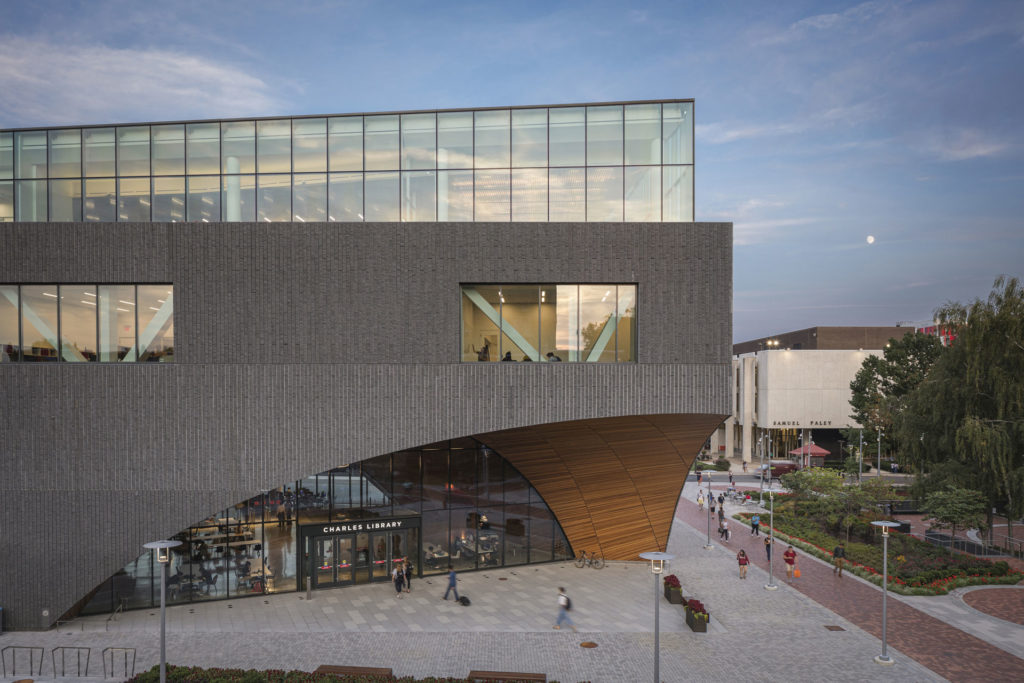
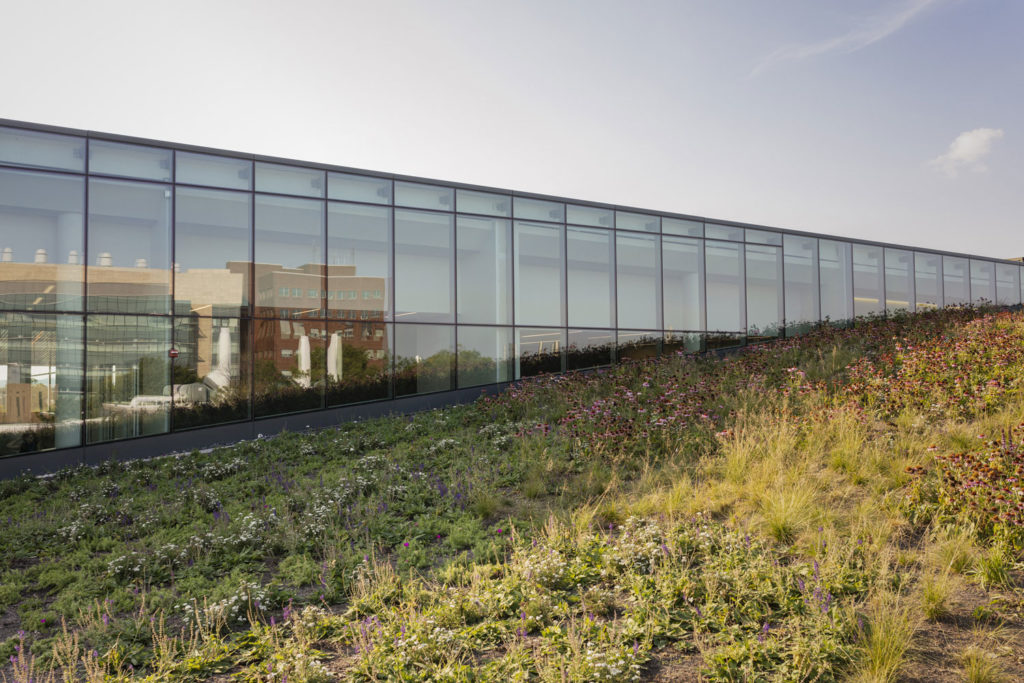

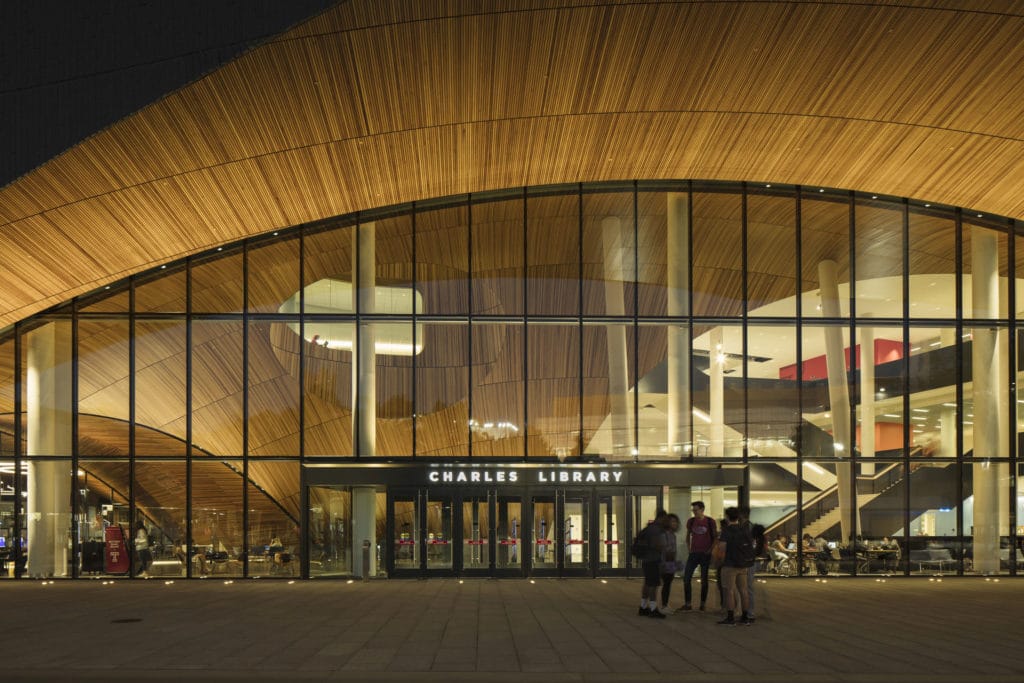

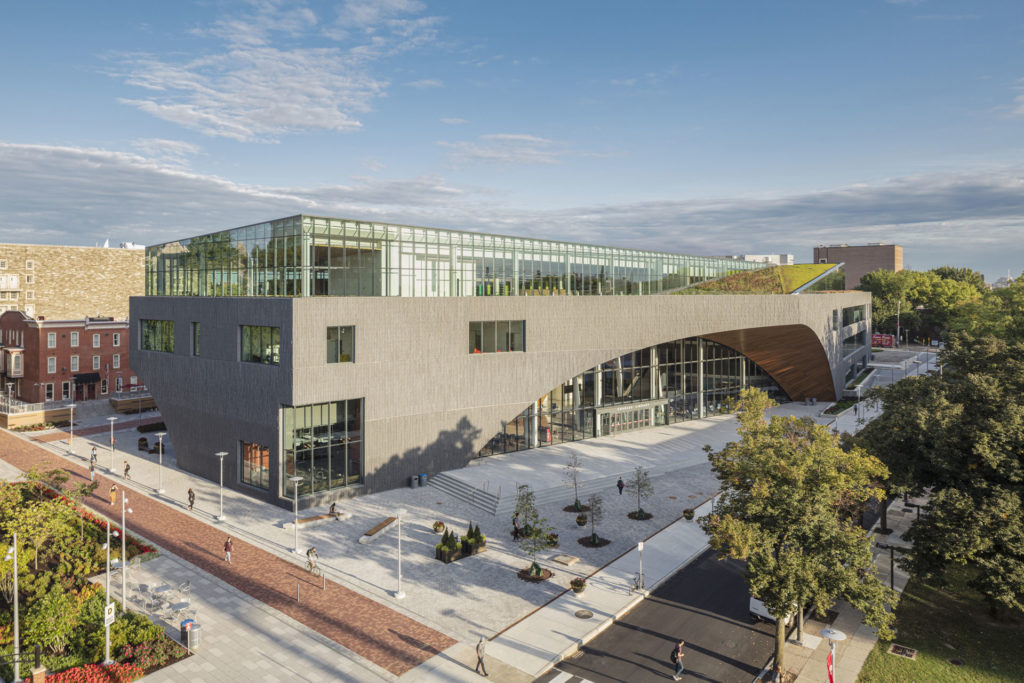
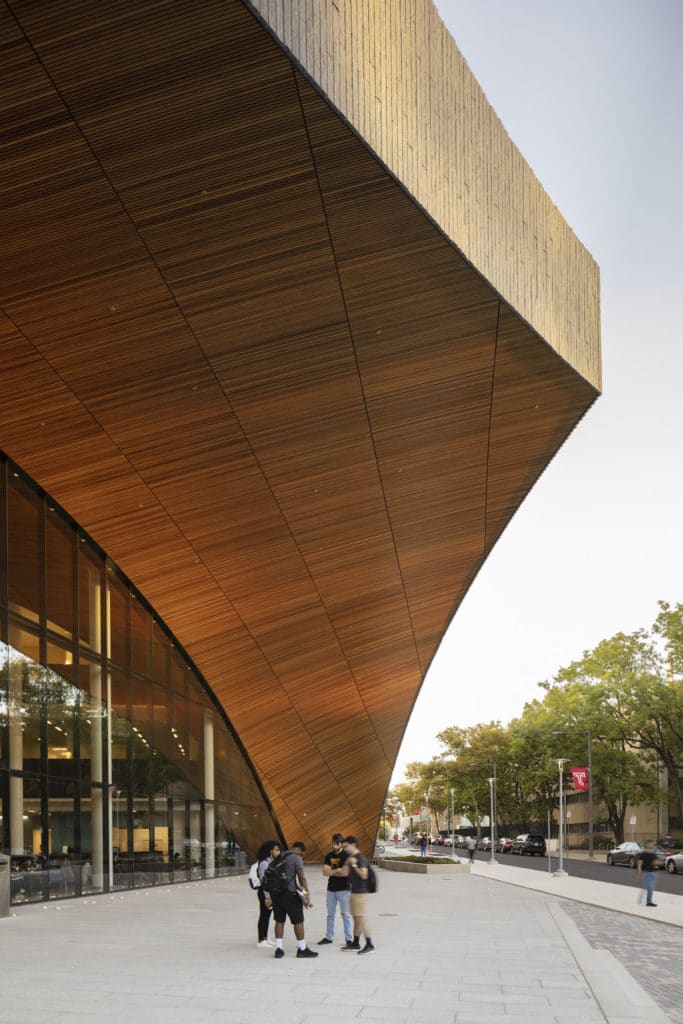
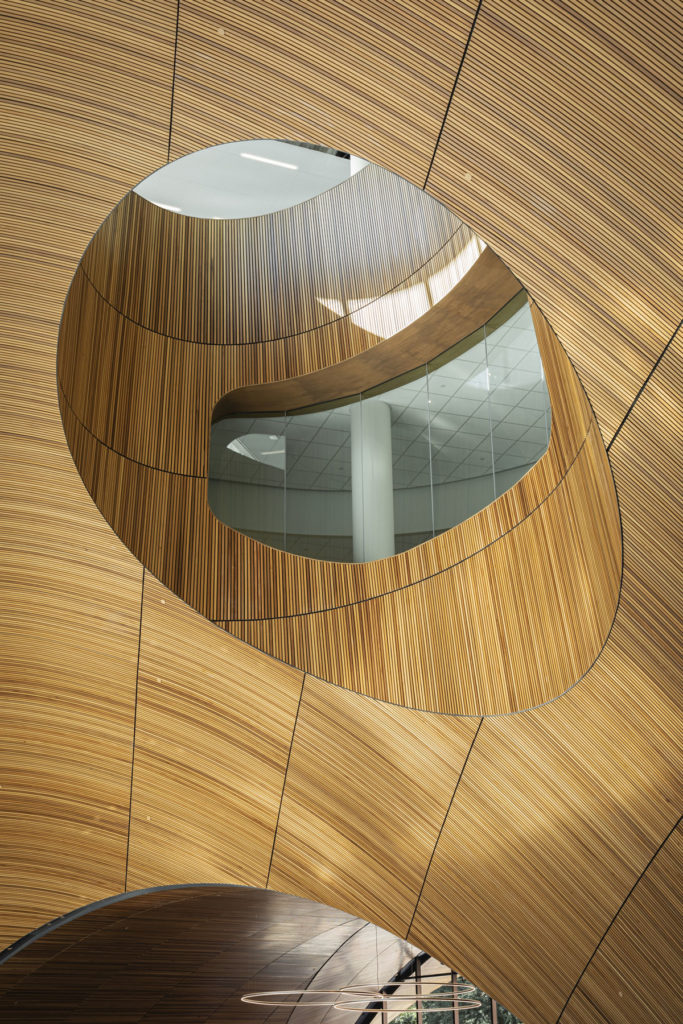
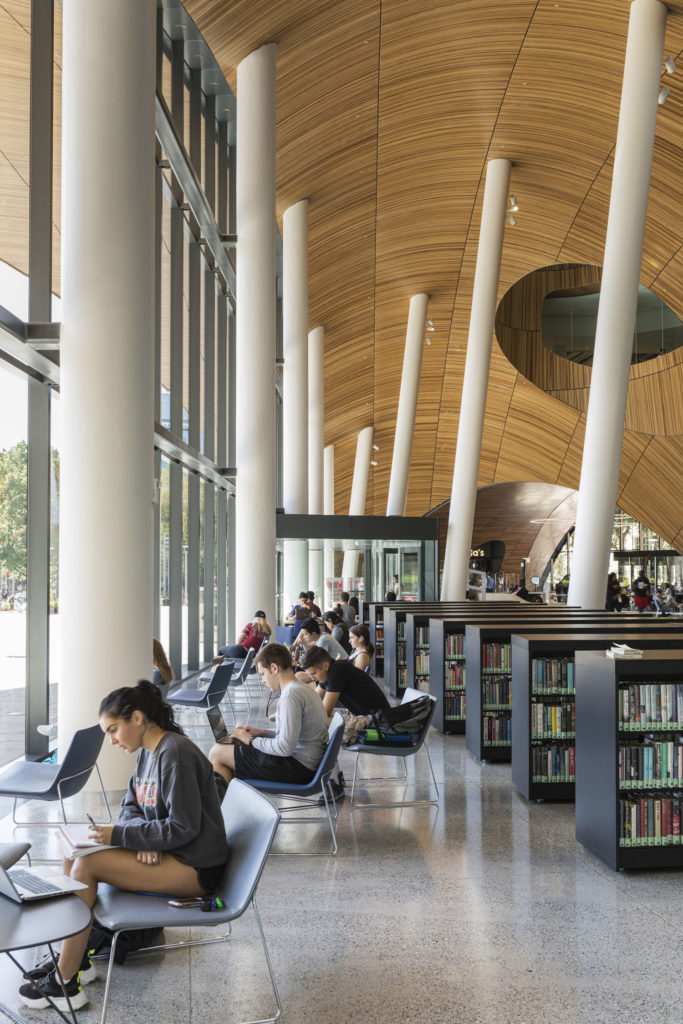
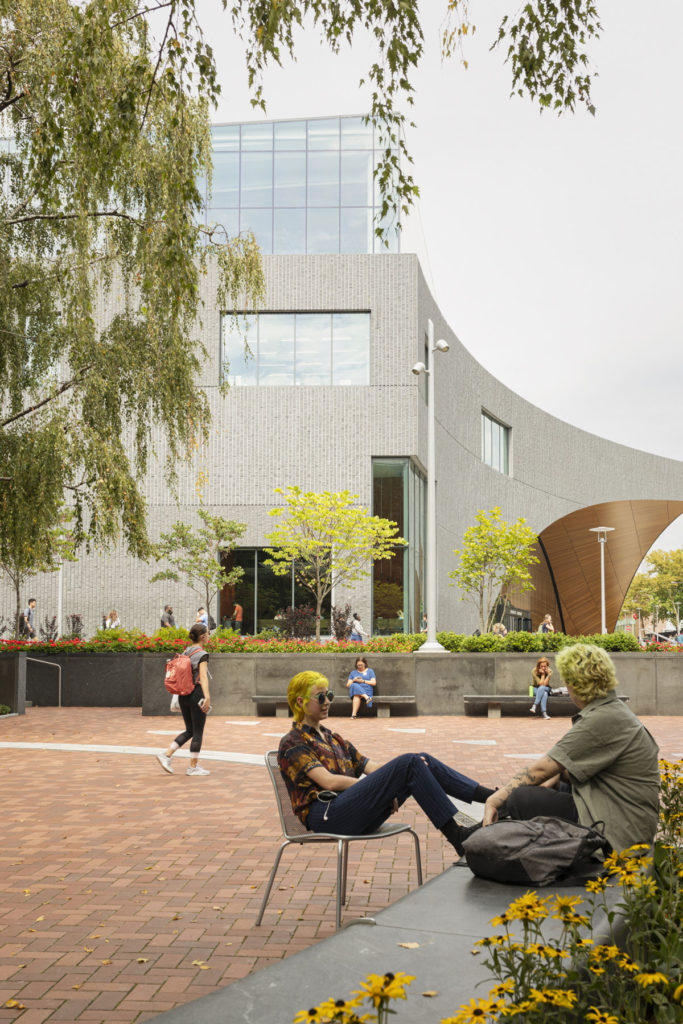
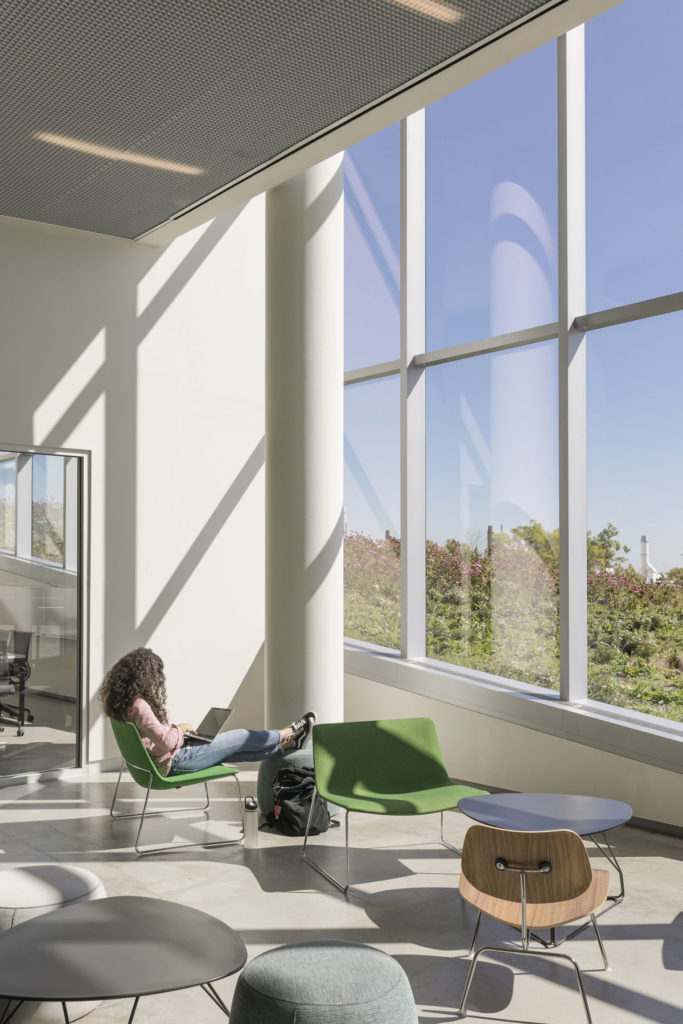
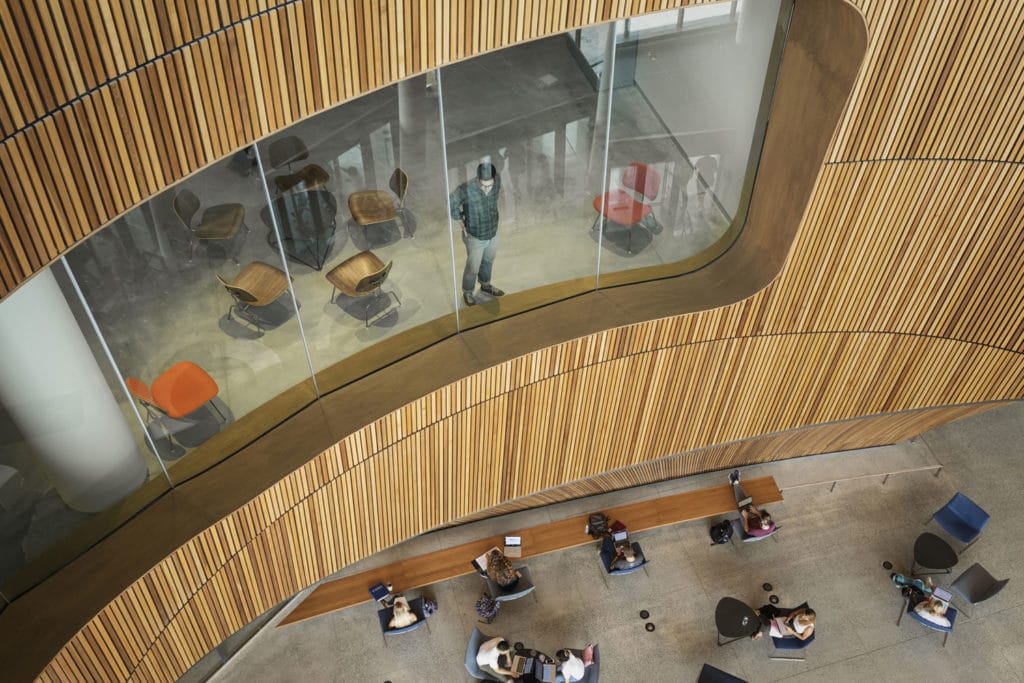
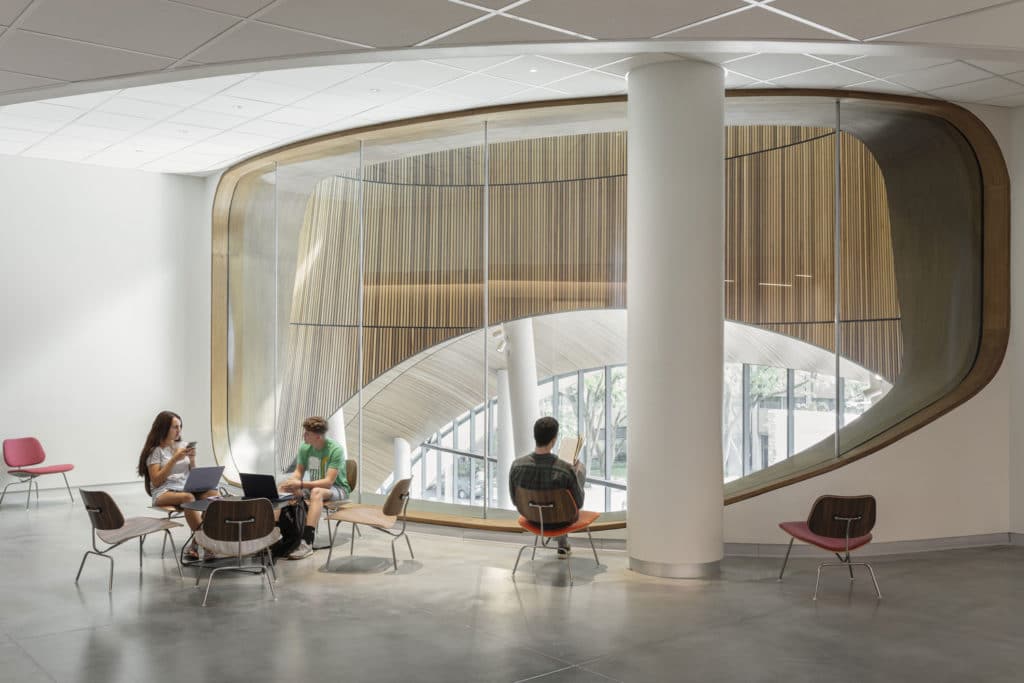
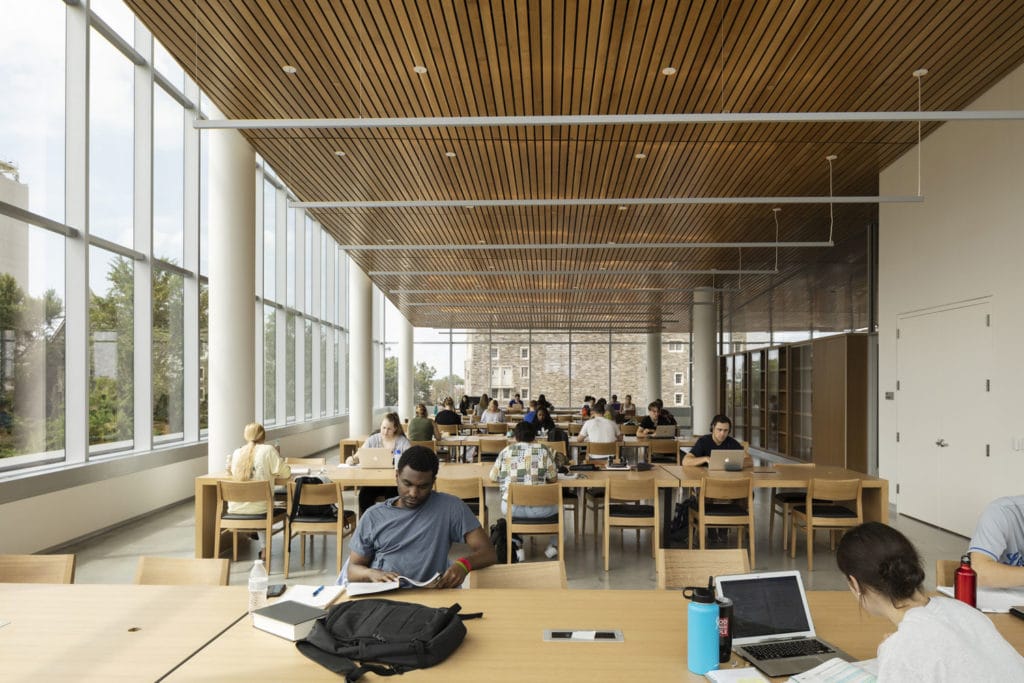
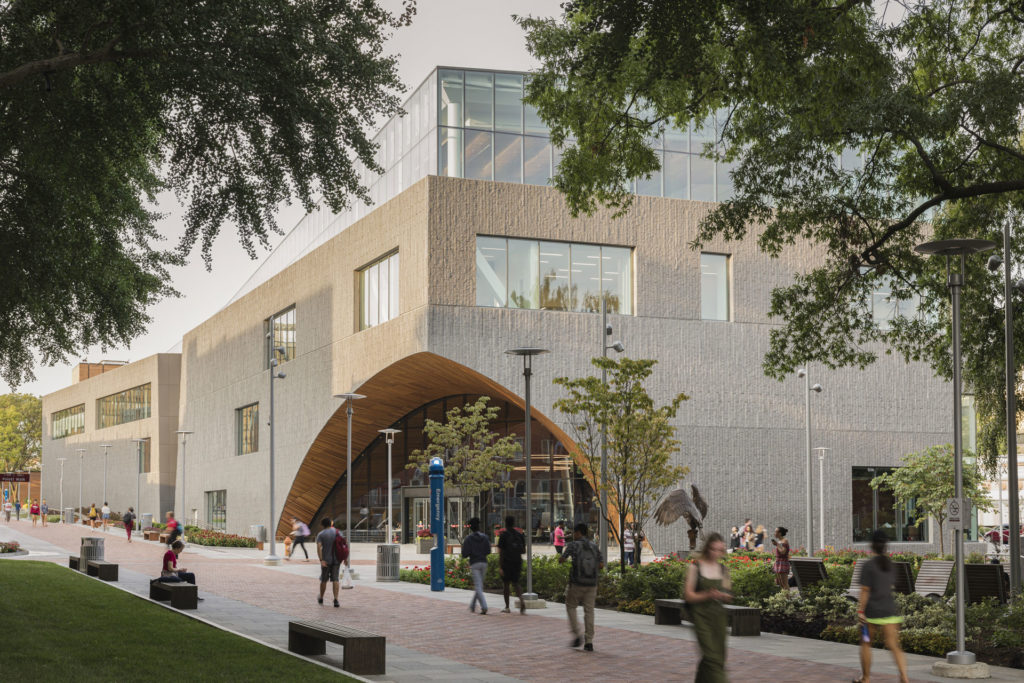
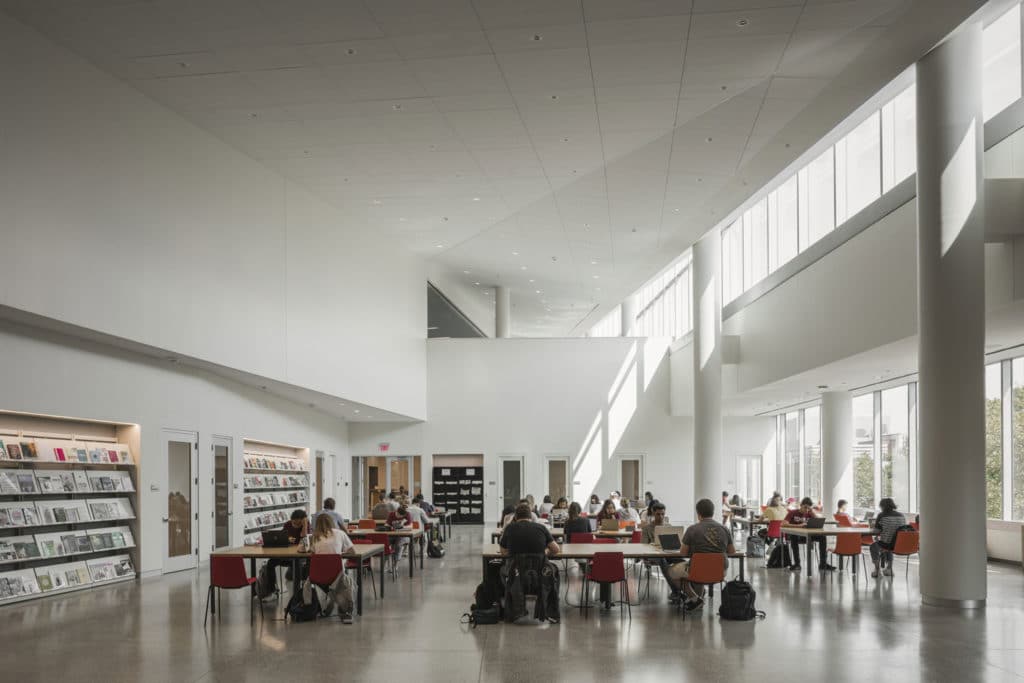
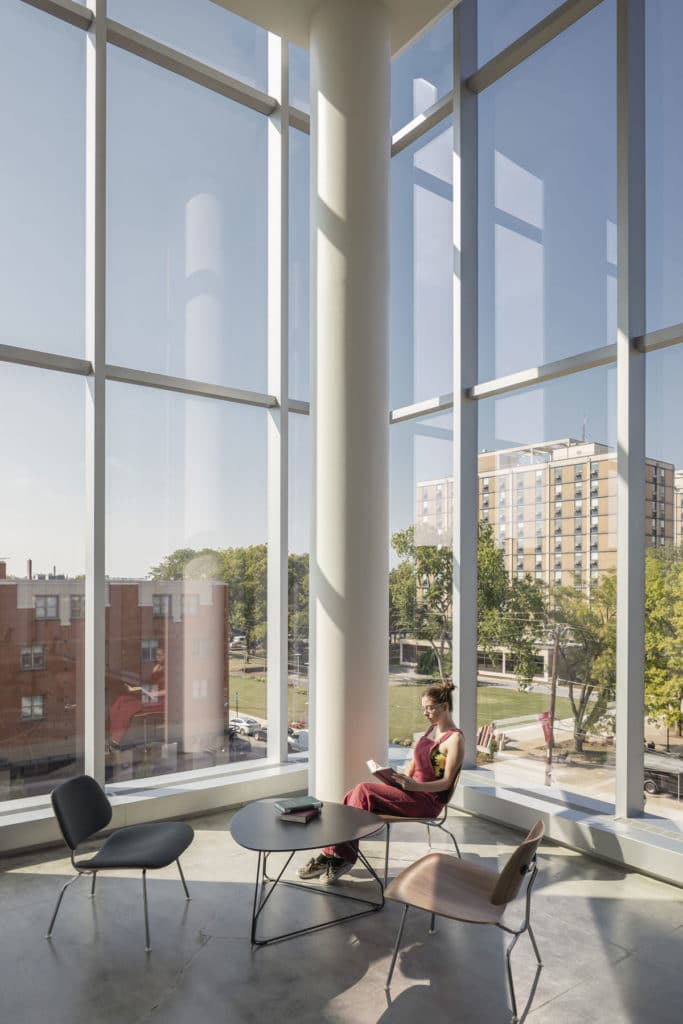
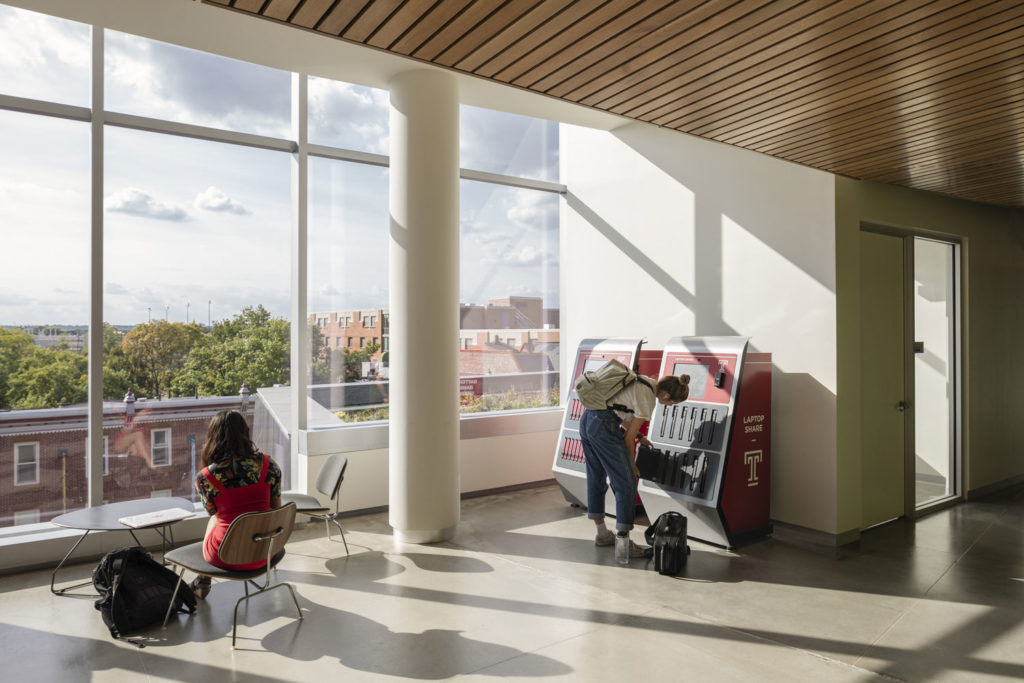
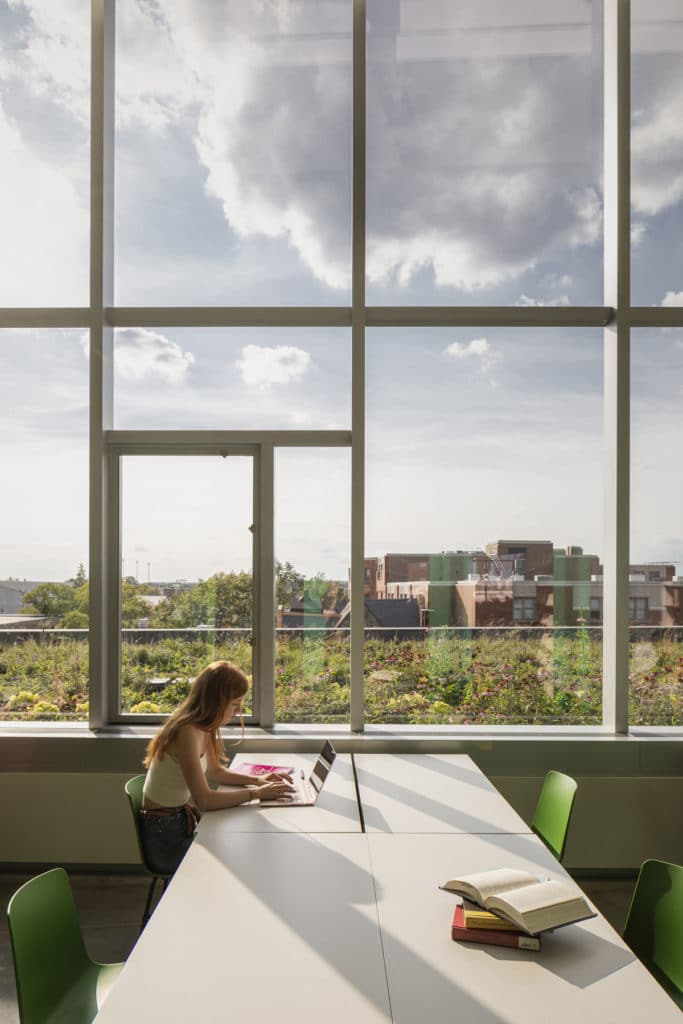
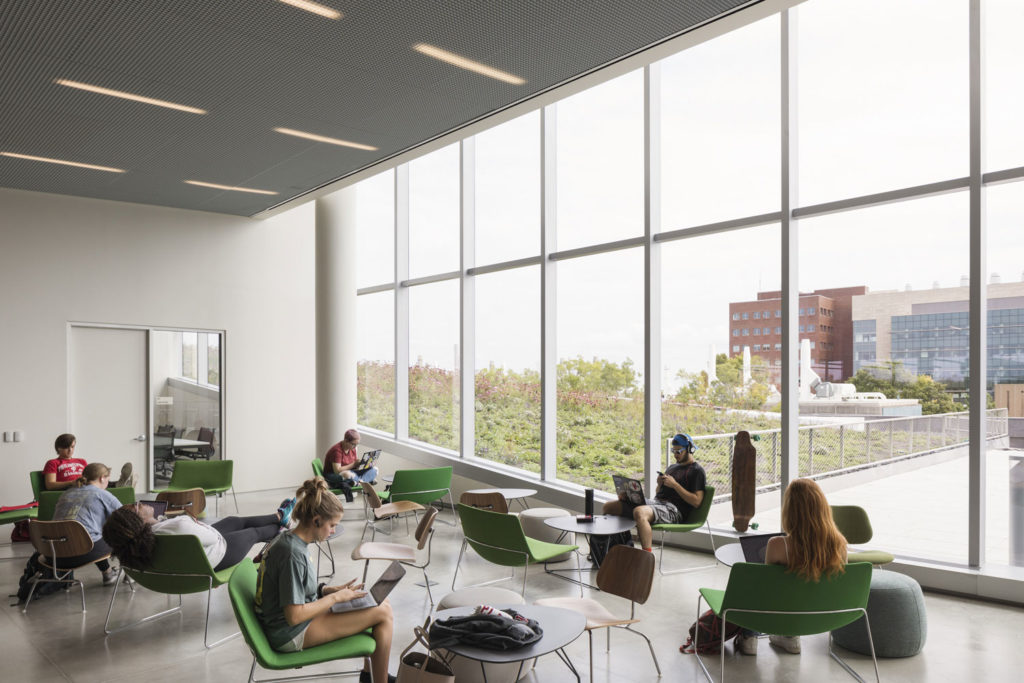
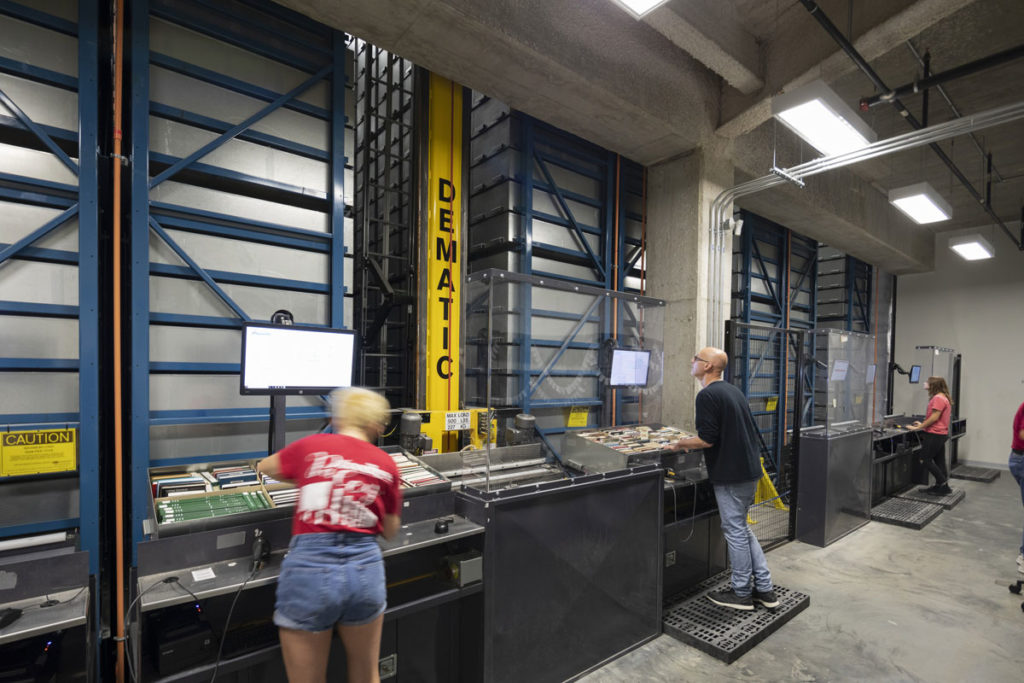
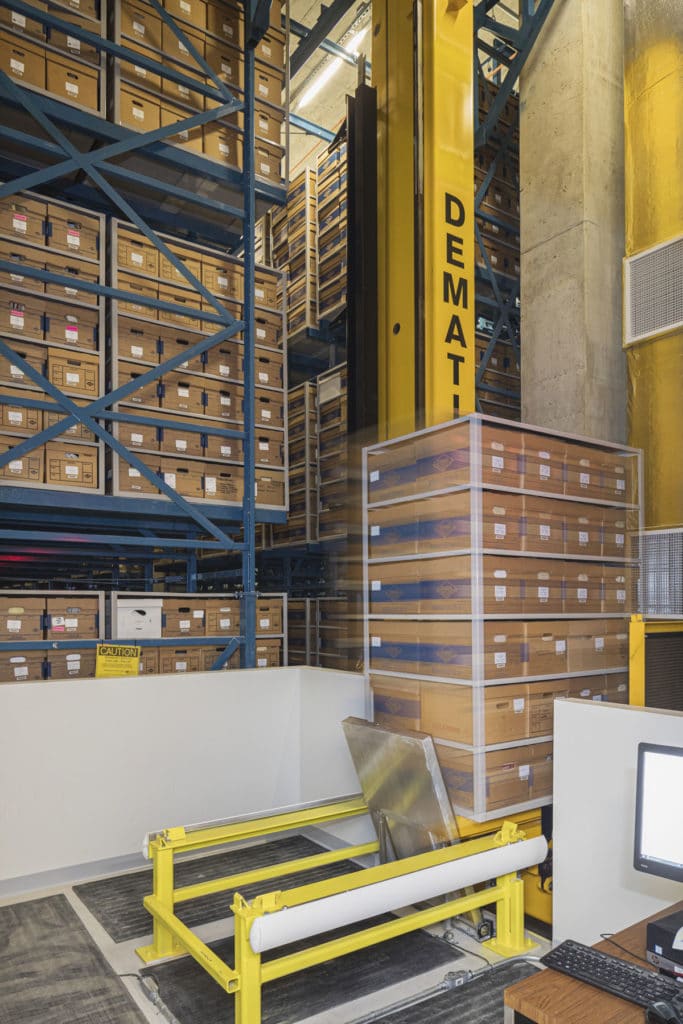
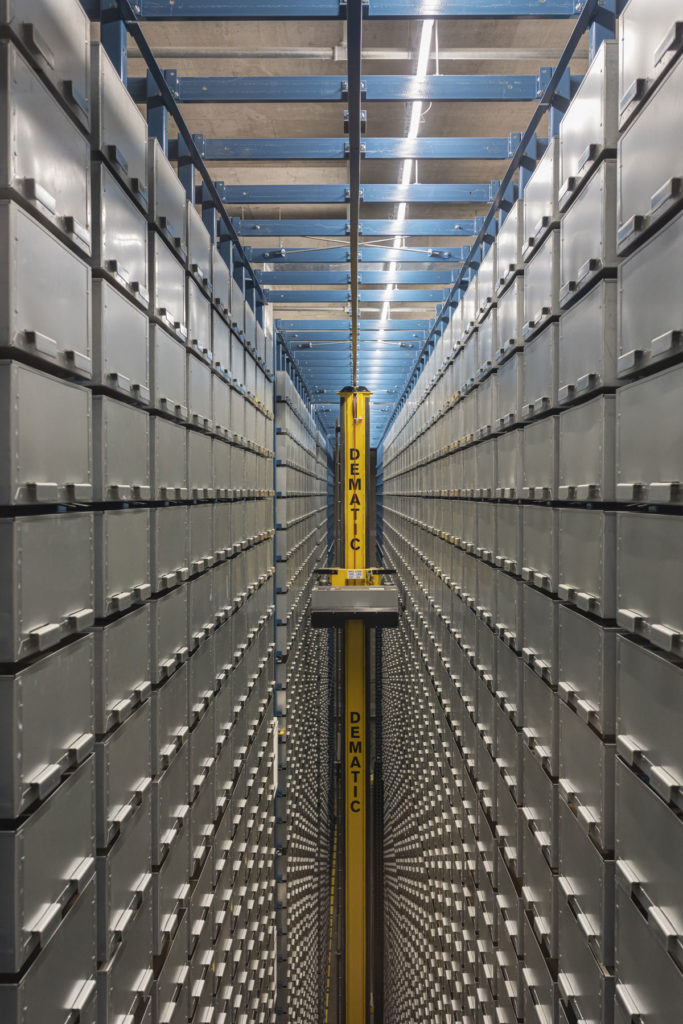
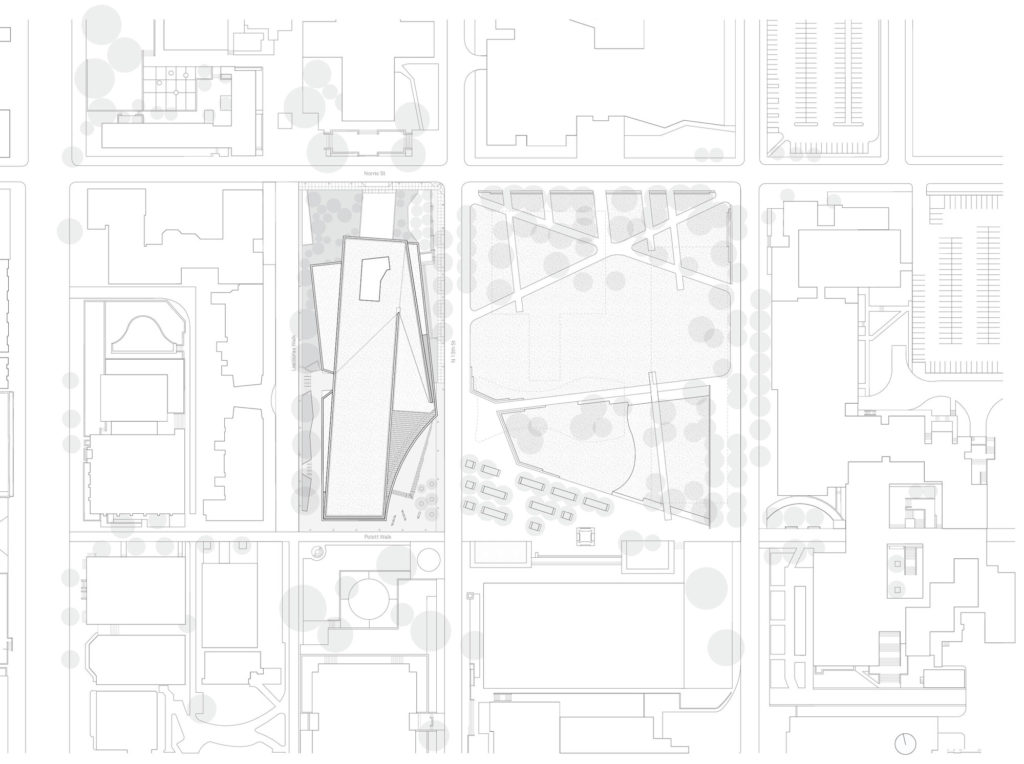
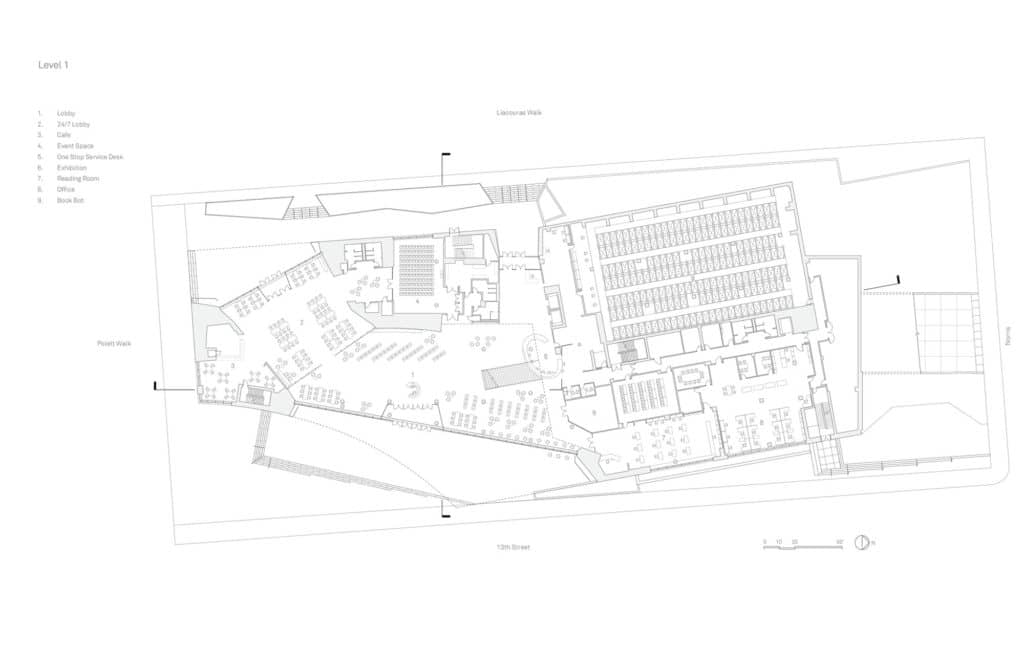
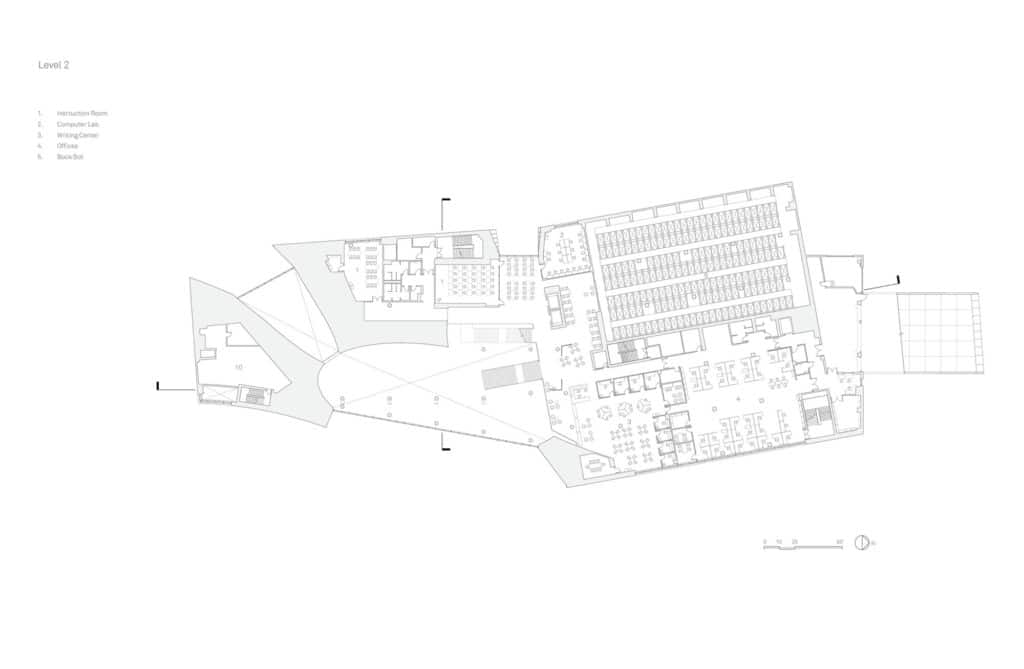
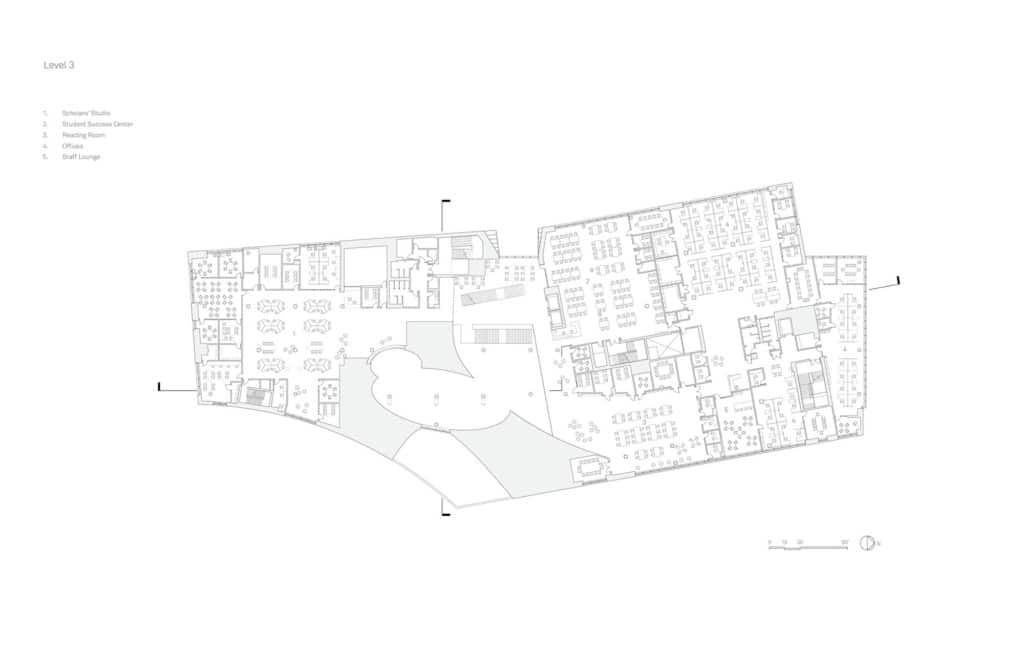
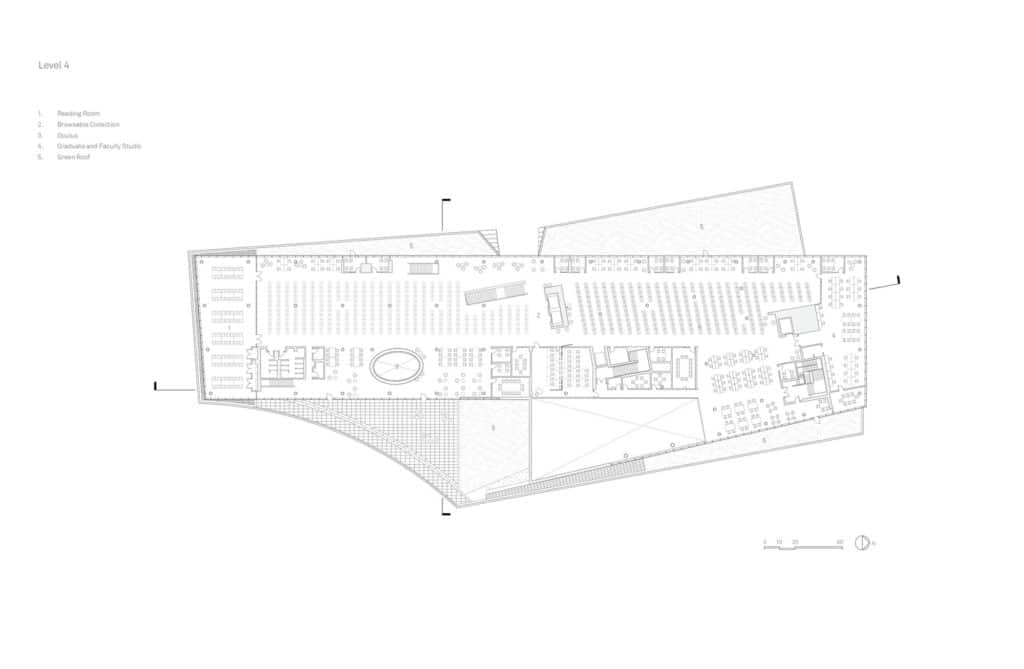
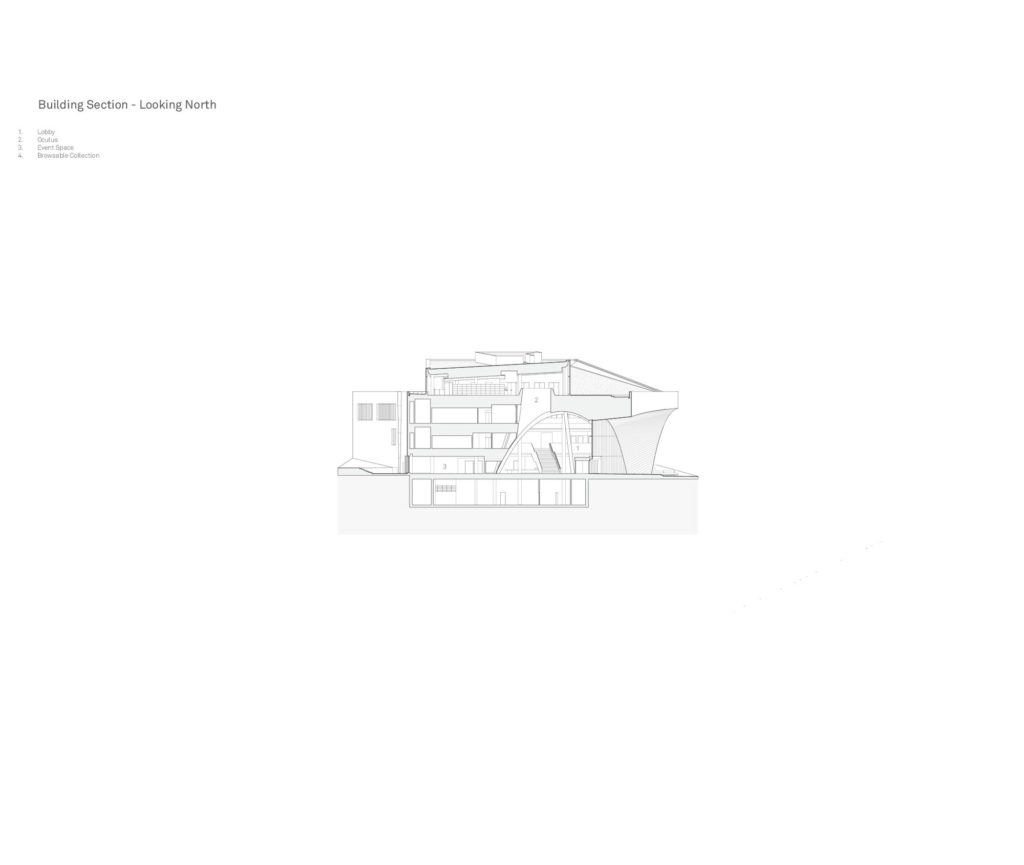
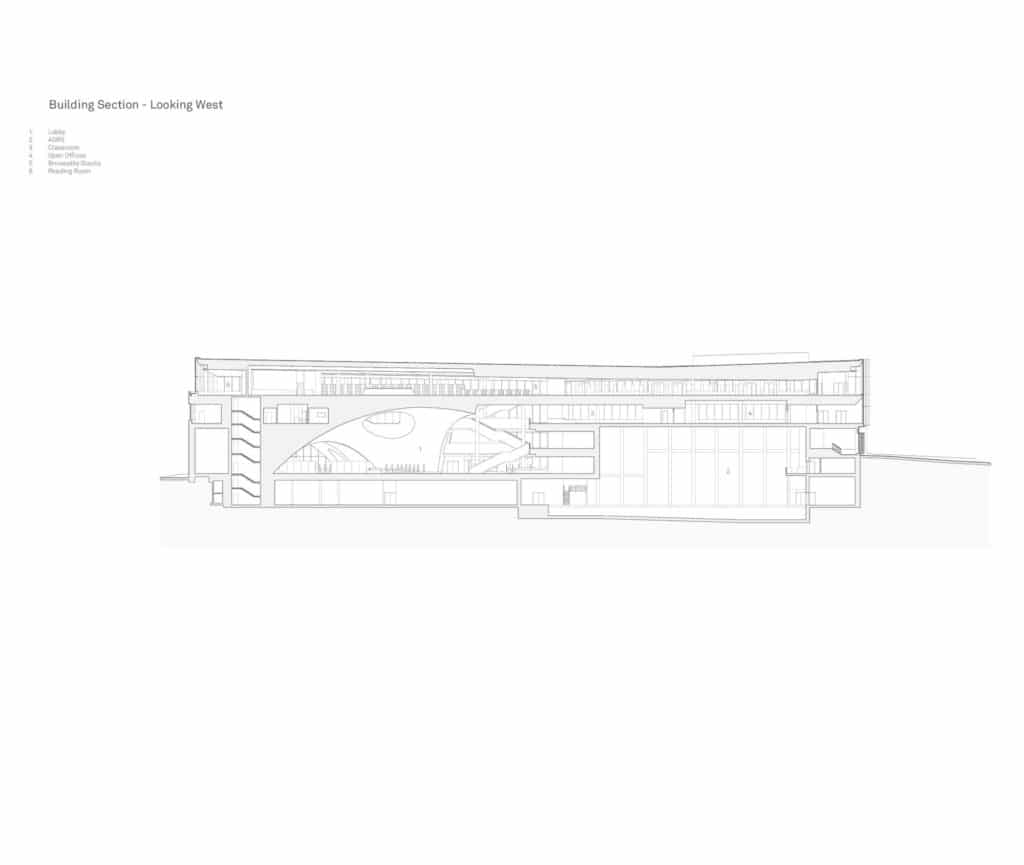
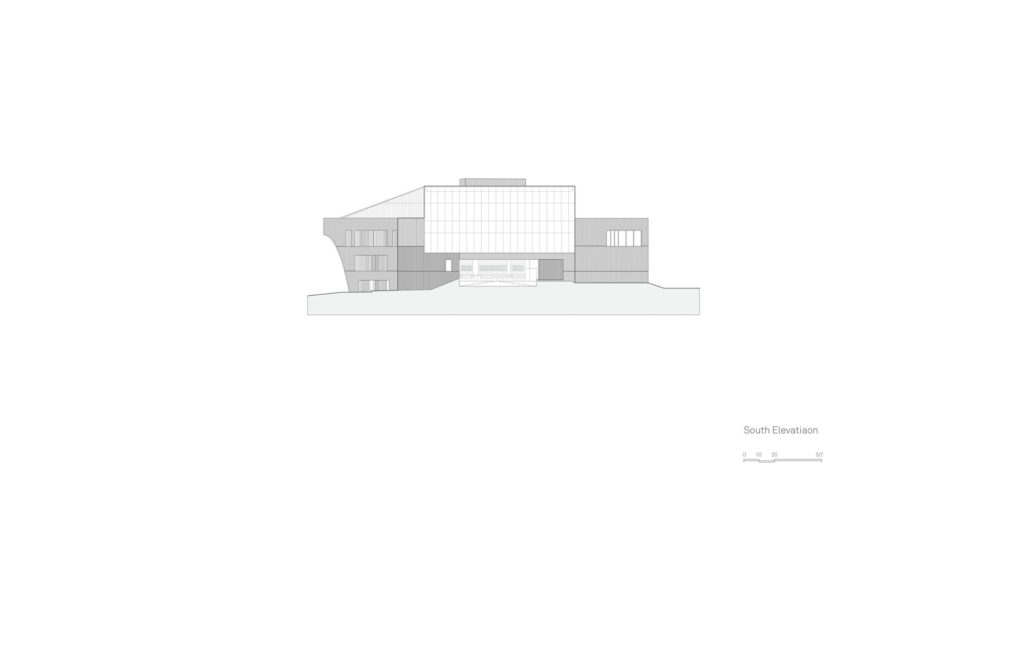
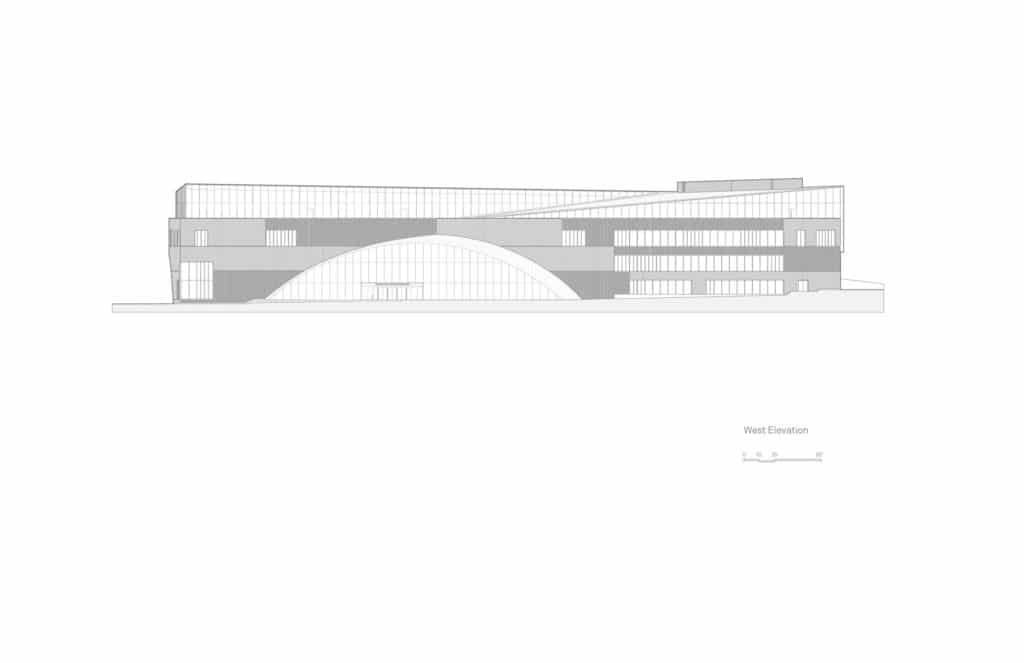
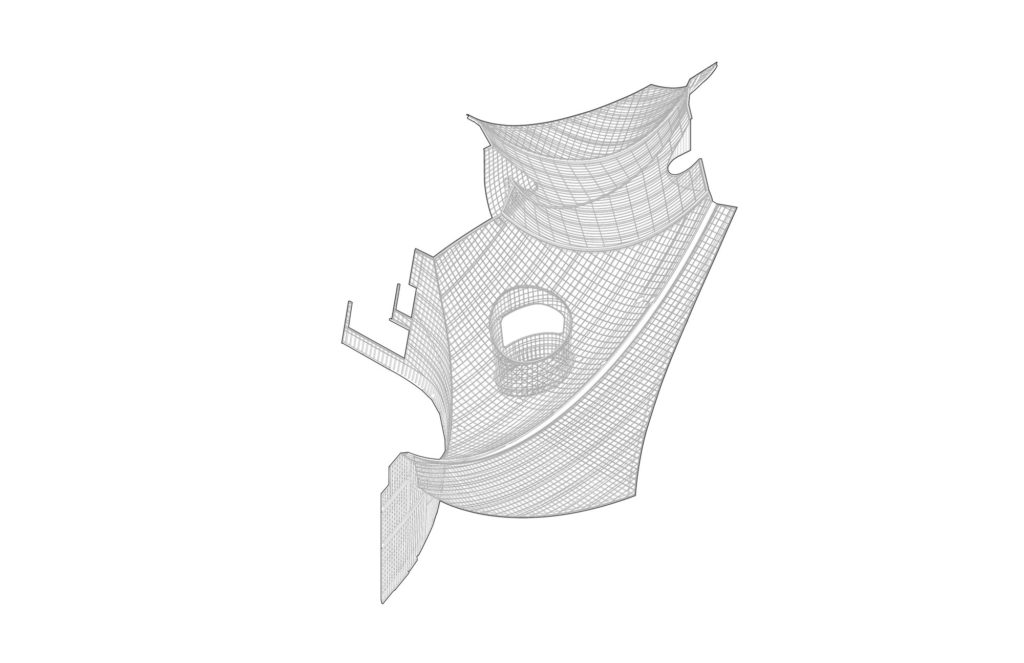
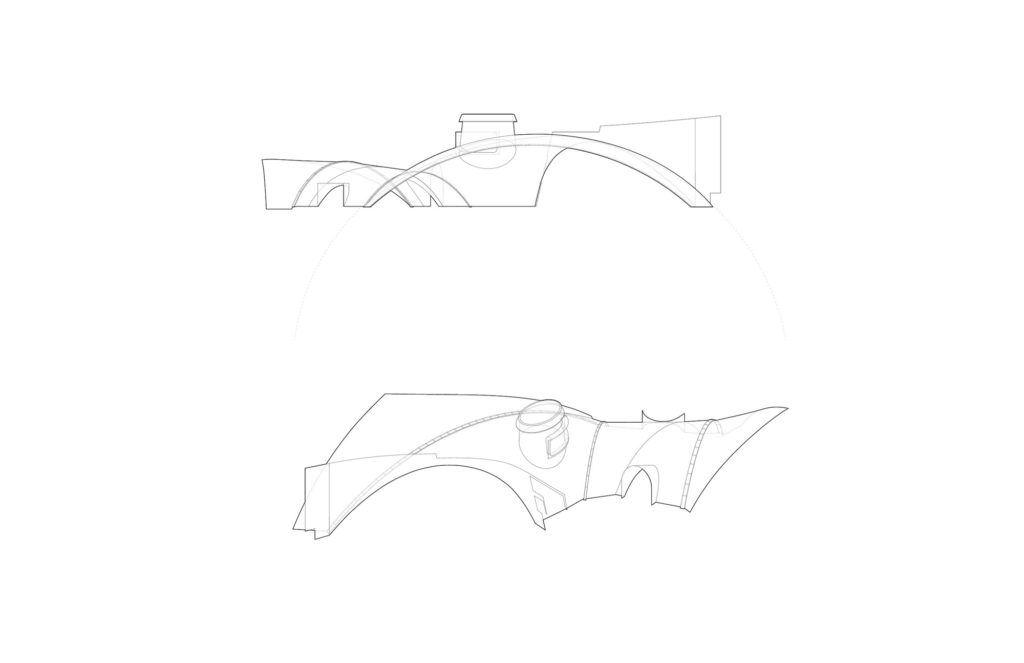
comments